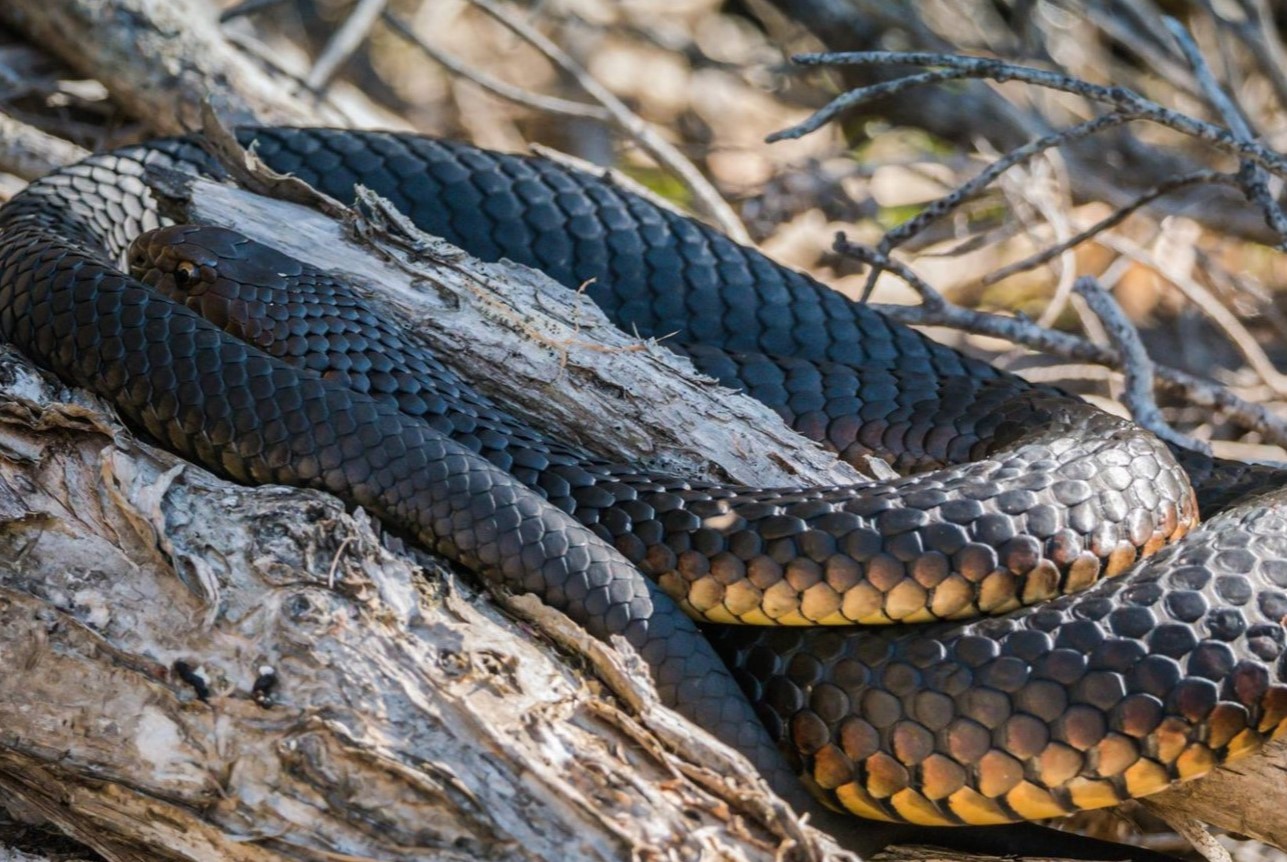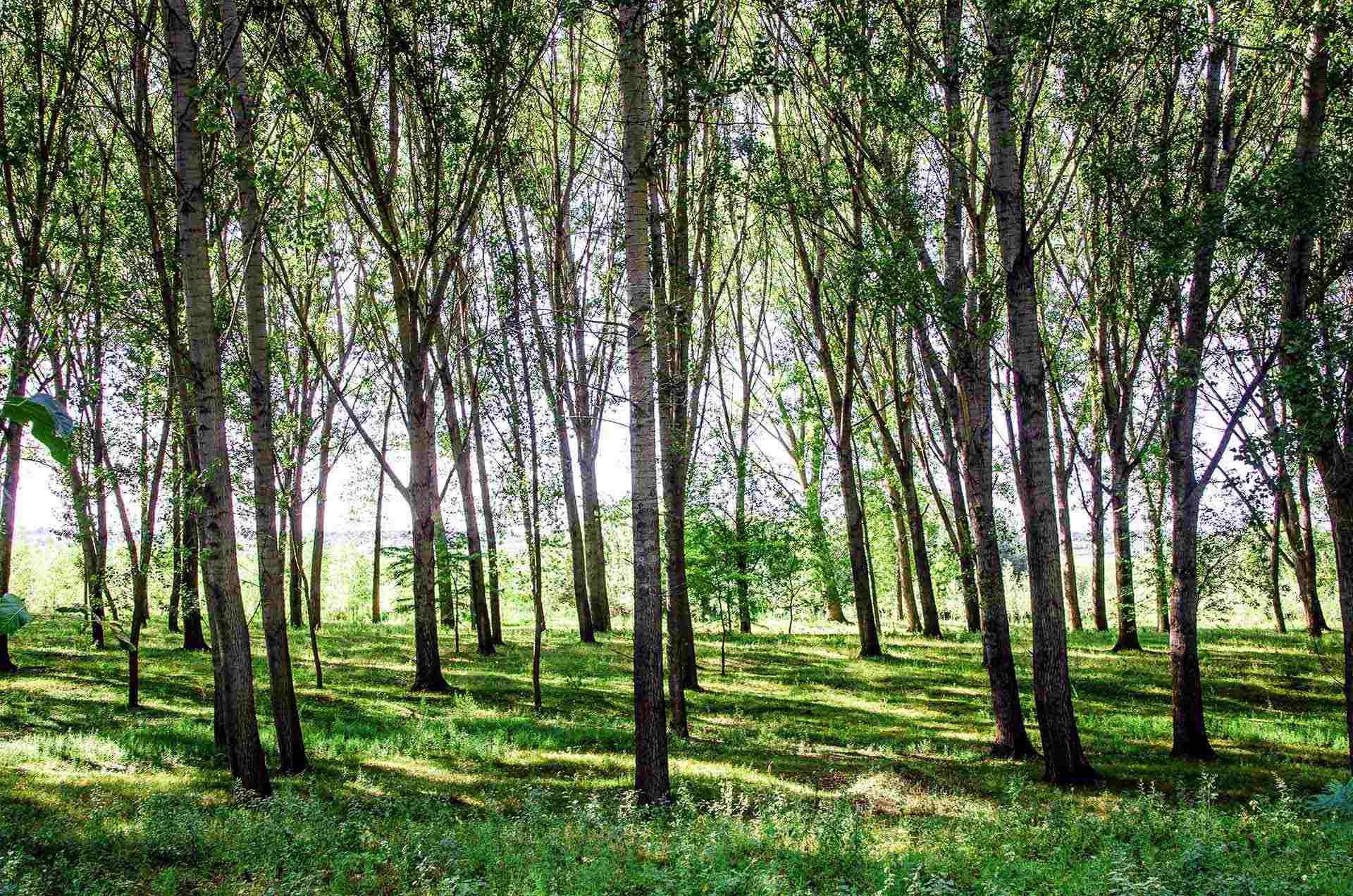
When it comes to fascinating and unique animals, few can compare to the Australian Copperhead. This venomous snake, scientifically known as Austrelaps superbus, is native to the southern regions of Australia and belongs to the Elapidae family. With its striking copper-colored scales, the Australian Copperhead is a sight to behold.
Apart from its remarkable appearance, there are many intriguing facts to discover about this species. From its hunting habits to its venomous bite, the Australian Copperhead has many secrets to share. In this article, we will explore 14 captivating facts about the Australian Copperhead that will leave you amazed and fascinated. So, grab your magnifying glass and join us on this journey to uncover the secrets of this remarkable snake.
Key Takeaways:
- Australian Copperheads have a stunning appearance with a vibrant copper-red head and sleek body. They are dangerous, nocturnal hunters with thermal sensing abilities, playing a vital role in the ecosystem.
- Conservation efforts are crucial for Australian Copperheads due to threats like habitat loss. They have a long lifespan and are actively studied for their behavior and habitat requirements.
The Stunning Appearance
Australian Copperheads are known for their striking coloration, characterized by a vibrant copper-red head and a sleek brown or black body, making them visually captivating.
Dangerous Venom
The Australian Copperhead is considered highly venomous and possesses a potent venom that can cause severe illness or even death if not treated promptly.
Native to Australia
As the name suggests, the Australian Copperhead is a species endemic to Australia, predominantly found in the southern and southeastern regions of the country.
Feeding Habits
Australian Copperheads are carnivorous snakes and primarily feed on small mammals, birds, lizards, and other reptiles, using their venom to immobilize and consume their prey.
Camouflaging Abilities
These snakes have the remarkable ability to blend into their surroundings due to their coloration, allowing them to effectively camouflage with the environment and become less visible to predators and prey alike.
The Copperhead Family
Australian Copperheads belong to the genus Austrelaps, which includes several species of venomous snakes native to Australia. They are closely related to other copperhead species found in different parts of the country.
Nocturnal Hunters
Australian Copperheads are primarily nocturnal, meaning they are most active during the night. Their excellent night vision enables them to hunt more effectively in low light conditions.
Mating and Reproduction
During the mating season, male Australian Copperheads compete for female attention by engaging in a ritualized combat known as “male combat dance.” The winning male then mates with the female, who will give birth to live young.
Habitat Preferences
Australian Copperheads are commonly found in a variety of habitats, including woodlands, grasslands, marshes, and rocky areas. They are versatile and adapt well to different environments.
Thermal Sensing Abilities
Like many other snake species, Australian Copperheads possess heat-sensing pits on their heads, allowing them to detect warm-blooded prey even in complete darkness.
Conservation Status
Australian Copperheads, though not currently listed as endangered, face threats such as habitat loss and fragmentation due to human activities. Conservation efforts are crucial to ensure their long-term survival.
Importance in Ecosystem
Australian Copperheads play a vital role in the ecosystem as both predators and prey. They help control populations of rodents and other small animals while also serving as a food source for larger predators.
Long Lifespan
On average, Australian Copperheads can live up to 15-20 years in the wild, depending on various factors such as food availability, predation, and overall health.
Conservation Efforts
Various organizations and researchers are actively involved in studying and monitoring Australian Copperheads to better understand their behavior, habitat requirements, and contribute to their conservation.
Conclusion
In conclusion, the Australian Copperhead is a fascinating snake species found in Australia. With its distinctive appearance, venomous bite, and interesting behavior, it captures the attention of animal enthusiasts and researchers alike. From its distribution and habitat to its hunting strategies and reproductive habits, there is still much to discover about this intriguing snake. Whether you encounter one in the wild or study them from the safety of a zoological facility, the Australian Copperhead is a species that demands respect and admiration for its unique characteristics and role in the ecosystem.
FAQs
1. Are Australian Copperheads dangerous?
Australian Copperheads are venomous snakes, and their bites can be potentially dangerous to humans. It is important to exercise caution and avoid provoking or attempting to handle these snakes. If bitten, seek immediate medical attention.
2. Where can Australian Copperheads be found?
Australian Copperheads are endemic to Australia and can be found in various habitats throughout the country. They are particularly common in the southeastern and southwestern regions of Australia.
3. What do Australian Copperheads eat?
Australian Copperheads mainly feed on small mammals, such as rodents and lizards. They are ambush predators and use their venomous bites to subdue and consume their prey.
4. How do Australian Copperheads reproduce?
Female Australian Copperheads give birth to live young rather than laying eggs. They typically produce a small number of offspring, ranging anywhere from two to 20 juveniles.
5. Are Australian Copperheads endangered?
Currently, Australian Copperheads are not considered endangered. However, habitat loss and human encroachment pose threats to their populations. Conservation efforts are crucial to ensure their long-term survival in the wild.
Was this page helpful?
Our commitment to delivering trustworthy and engaging content is at the heart of what we do. Each fact on our site is contributed by real users like you, bringing a wealth of diverse insights and information. To ensure the highest standards of accuracy and reliability, our dedicated editors meticulously review each submission. This process guarantees that the facts we share are not only fascinating but also credible. Trust in our commitment to quality and authenticity as you explore and learn with us.


